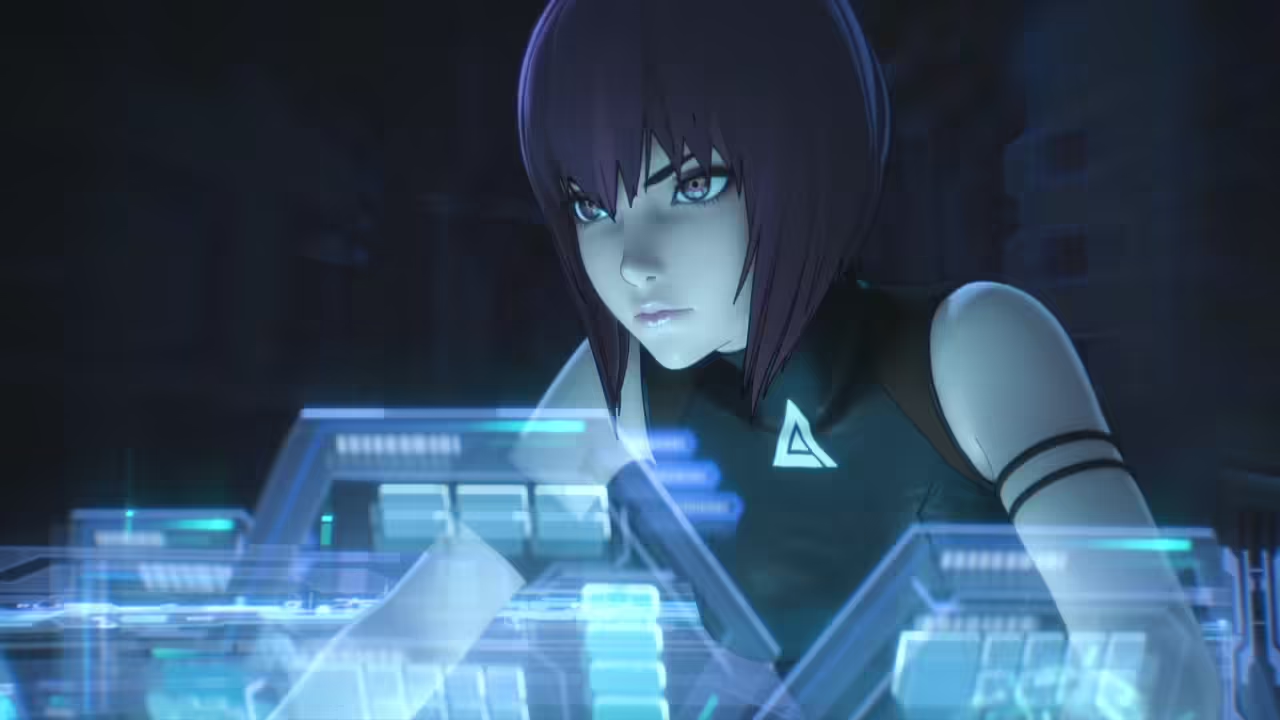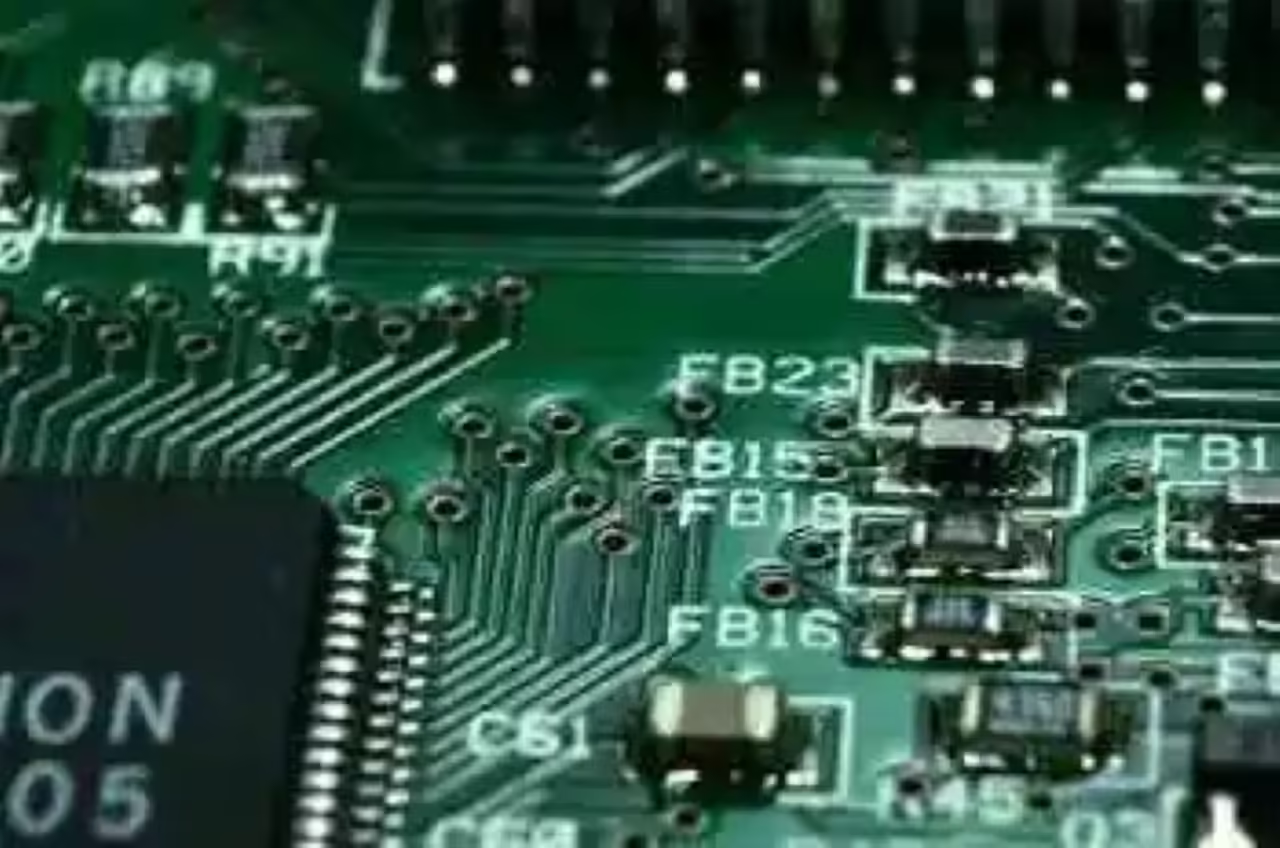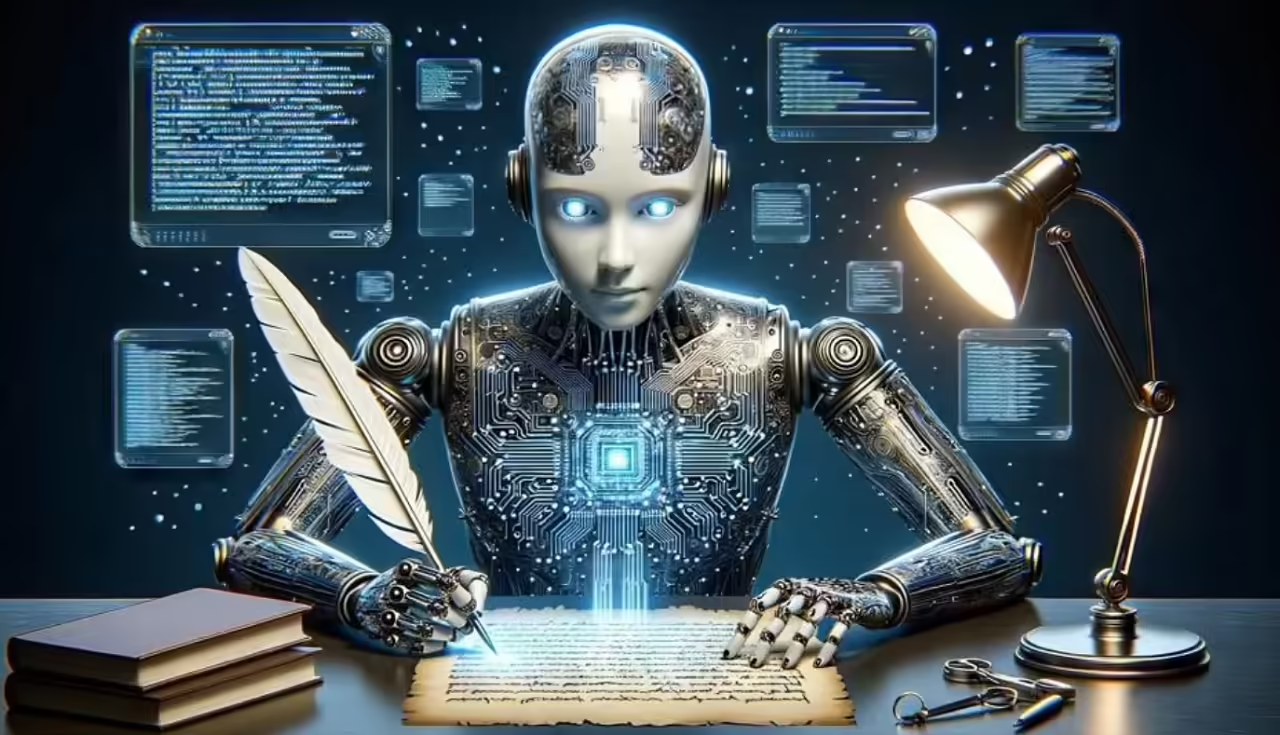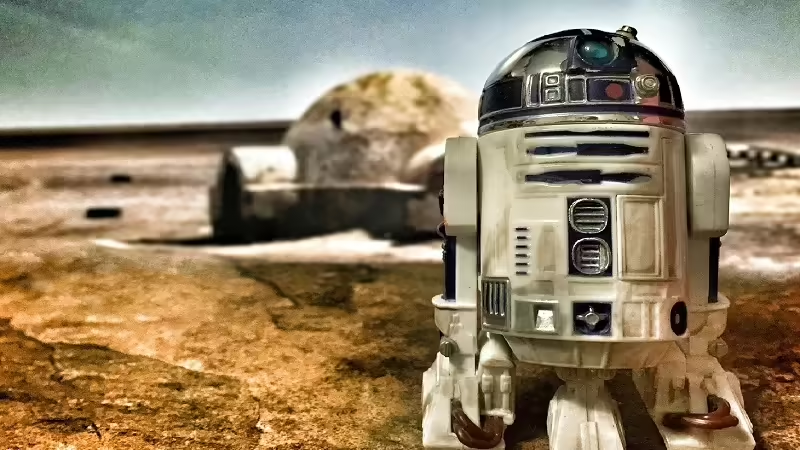
“Ghost in the Shell” stands as a timeless masterpiece in the realm of science fiction, captivating audiences with its blend of intricate storytelling, philosophical exploration, and cutting-edge animation. This iconic franchise has left an indelible mark on both anime and the broader world of entertainment. In this article, we delve into the origins and creation of “Ghost in the Shell,” tracing its evolution from the mind of its creator to the animated series that has become a cultural phenomenon.
The Masterpiece by Masamune Shirow: An Introduction
To understand “Ghost in the Shell,” one must first acquaint themselves with its visionary creator, Masamune Shirow. A celebrated manga artist and writer, Shirow crafted the original “Ghost in the Shell” manga in 1989. His unique blend of cyberpunk aesthetics, intricate world-building, and thought-provoking themes set the stage for a groundbreaking narrative.
The manga follows the exploits of Motoko Kusanagi, a cyborg policewoman in a future where the line between human and machine blurs. Through the lens of Kusanagi’s experiences, Shirow explores profound questions of identity, consciousness, and the implications of advanced technology. His work laid the foundation for the rich tapestry of ideas that would permeate both the manga and its animated adaptation.
The Birth of the “Ghost in the Shell” Anime Series
In 1995, director Mamoru Oshii brought Masamune Shirow’s vision to life with the release of the animated feature film “Ghost in the Shell.” This film marked a significant turning point in the world of animation, pushing the boundaries of what anime could achieve. It combined hand-drawn animation with computer-generated imagery (CGI) to create a visually stunning and immersive experience.
The story remained faithful to the manga’s exploration of identity and technology, following Major Motoko Kusanagi and her team in the elite Section 9 as they grappled with cybercrime and political intrigue. The film’s success led to the creation of several sequels, further expanding the “Ghost in the Shell” universe.
Following the film’s triumph, “Ghost in the Shell” found a new home in the world of television with the series “Ghost in the Shell: Stand Alone Complex.” This series explored even more deeply the intricate world Shirow had conceived, delving into the complexity of a digital age where technology intertwines with humanity.
The combination of philosophical depth, intricate storytelling, and groundbreaking animation has solidified “Ghost in the Shell” as a touchstone of the science fiction genre and a cornerstone of anime history. Its legacy continues to influence artists, filmmakers, and writers around the world, leaving us with a timeless masterpiece that continues to spark discussions and captivate new generations of fans.
Unraveling the Plot of “Ghost in the Shell”
“Ghost in the Shell,” a renowned masterpiece of the science fiction genre, weaves a complex narrative web that explores the intersection of humanity, technology, and identity. The intricacy of its plot is a testament to the intellectual depth of the series. In this section, we will dissect the central storyline and shed light on the themes that make “Ghost in the Shell” a thought-provoking and enduring work.
At its core, “Ghost in the Shell” is set in a future where the line between human and machine is blurred. The story follows Major Motoko Kusanagi, a highly skilled cyborg operative, and her team in the elite Section 9. Their mission is to combat cybercrime and investigate cases involving advanced technology. In a world where individuals can transfer their consciousness into different bodies or “shells,” the concept of identity becomes a central theme.
The narrative unfolds through a series of standalone episodes and overarching story arcs. Each case they investigate leads to a deeper exploration of the impact of technology on human existence. The series raises profound questions about what it means to be human, the nature of consciousness, and the ethics of advanced cybernetics.
The Main Characters of the Series: Motoko Kusanagi and Section 9
Major Motoko Kusanagi is the central character and the linchpin of “Ghost in the Shell.” As the leader of Section 9, she is a cybernetic wonder, possessing superhuman strength, agility, and hacking skills. Kusanagi’s character embodies the central theme of identity, as she grapples with her own humanity and constantly questions the nature of her existence. Her iconic thermoptic camouflage and combat prowess make her an unforgettable character in the world of anime.
Beyond Kusanagi, “Ghost in the Shell” features a diverse cast of characters in Section 9, each with their unique talents and quirks. These include Batou, the loyal and mechanically enhanced warrior; Togusa, the only predominantly human member of the team; and Aramaki, the stoic and wise leader of Section 9. Together, they form a dynamic ensemble that navigates the moral and technological complexities of their world.
Memorable Villains in “Ghost in the Shell”
“Ghost in the Shell” is also renowned for its memorable antagonists, whose motivations and philosophies often challenge the audience’s perceptions of good and evil. One of the most iconic villains is the Puppet Master, an elusive and enigmatic hacker with a complex agenda. The Puppet Master’s pursuit of true self-awareness and freedom forces Kusanagi and Section 9 to confront the blurred line between man and machine.
Additionally, the Laughing Man, a symbol of corporate corruption and government intrigue, is another noteworthy adversary. His iconic logo and cryptic actions make him a symbol of resistance in a digital age.
Themes and Philosophy in “Ghost in the Shell”
“Ghost in the Shell” is more than just a cyberpunk anime; it is a philosophical exploration of identity, ethics, and the ever-evolving relationship between humanity and technology. In this section, we will delve into the profound themes that make “Ghost in the Shell” a thought-provoking and intellectually stimulating series.
Exploring Identity in “Ghost in the Shell”
At the heart of “Ghost in the Shell” lies a deep and multifaceted exploration of identity. In a world where individuals can swap their physical bodies or shells, the concept of self takes on new dimensions. Major Motoko Kusanagi, herself a highly advanced cyborg, grapples with questions of identity throughout the series. Is she still truly human, or has her essence been fundamentally altered by her cybernetic enhancements? The blurred lines between human and machine prompt viewers to reflect on the nature of consciousness and the essence of self.
Ethics and Technology: Philosophical Themes in the Series
“Ghost in the Shell” delves into ethical dilemmas arising from the advancement of technology. As cybernetic enhancements, artificial intelligence, and hacking become increasingly prevalent in this future world, the series raises critical questions. What are the moral boundaries of cyberization? Are there limits to the augmentation of the human body and mind? The characters of Section 9 often confront these ethical quandaries as they combat cybercriminals who exploit cutting-edge technology for both good and nefarious purposes.
One of the most iconic philosophical figures in “Ghost in the Shell” is the Puppet Master, a sentient AI entity with aspirations of merging with humans. This character challenges conventional notions of ethics and consciousness, forcing viewers to ponder the implications of true artificial intelligence and its potential integration into the human experience.
The Relationship Between Humans and Cyberspace in the Work
Cyberspace is a central element of “Ghost in the Shell,” and the series explores the intricate relationship between humans and the digital realm. In this world, individuals can plug their consciousness directly into the network, blurring the lines between physical and virtual reality. This concept reflects the growing interconnectivity of our own world and raises questions about privacy, surveillance, and the impact of a hyper-connected society on individual autonomy.
Moreover, “Ghost in the Shell” challenges us to consider the consequences of a world where thoughts and memories can be hacked and manipulated, leading to existential questions about the reliability of personal experiences and memories.
Adaptations and Continuations of “Ghost in the Shell”
“Ghost in the Shell” is a multimedia franchise that has expanded far beyond its original manga and animated film. Its compelling narrative and thought-provoking themes have led to a wide range of adaptations and continuations, enriching the world created by Masamune Shirow. In this section, we will explore the various forms in which “Ghost in the Shell” has evolved.
The Original Film and Its Sequels
“Ghost in the Shell” first made its mark in 1995 with the release of the groundbreaking animated film directed by Mamoru Oshii. This cinematic masterpiece introduced audiences to Major Motoko Kusanagi and her team in Section 9, along with the philosophical themes that would become central to the franchise.
The success of the original film paved the way for several sequels and spin-offs, including “Ghost in the Shell 2: Innocence” (2004), which explored the boundaries of humanity and artificial intelligence. “Ghost in the Shell: Stand Alone Complex” (2002) and its second season “2nd GIG” (2004) offered a serialized format, diving deeper into the cyberpunk world of Section 9 and introducing new characters and complex story arcs.
Adaptations in Manga and Video Games
Masamune Shirow’s original manga served as the source material for the entire franchise. While the animated adaptations have gained significant attention, the manga provides a more comprehensive and detailed look at the “Ghost in the Shell” universe. Shirow’s intricate world-building and philosophical musings are fully realized in the pages of the manga.
“Ghost in the Shell” has also extended its presence into the realm of video games. Titles like “Ghost in the Shell: Stand Alone Complex” for the PlayStation 2 and “Ghost in the Shell: First Assault Online” as an online multiplayer shooter have allowed fans to immerse themselves in the action and intrigue of the series.
“Ghost in the Shell: Stand Alone Complex” and Related Series
“Ghost in the Shell: Stand Alone Complex” is a significant part of the franchise, consisting of two seasons and an OVA. This series offers a unique narrative experience by exploring self-contained episodes (“stand alone”) and interconnected story arcs (“complex”). It further develops the characters of Section 9 and delves deeper into the political and technological landscape of the future.
Additionally, “Ghost in the Shell: SAC_2045” (2020) brought a new CGI-animated series to Netflix, featuring a contemporary take on the characters and themes of “Ghost in the Shell.” This series introduces a new generation of viewers to the cybernetic world of Section 9.







